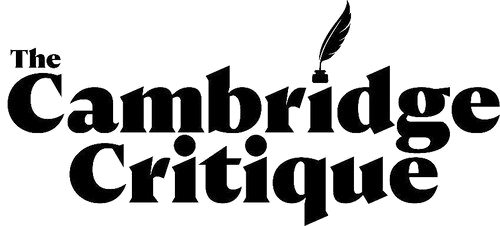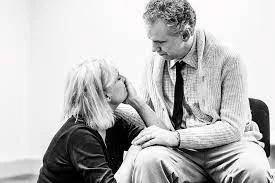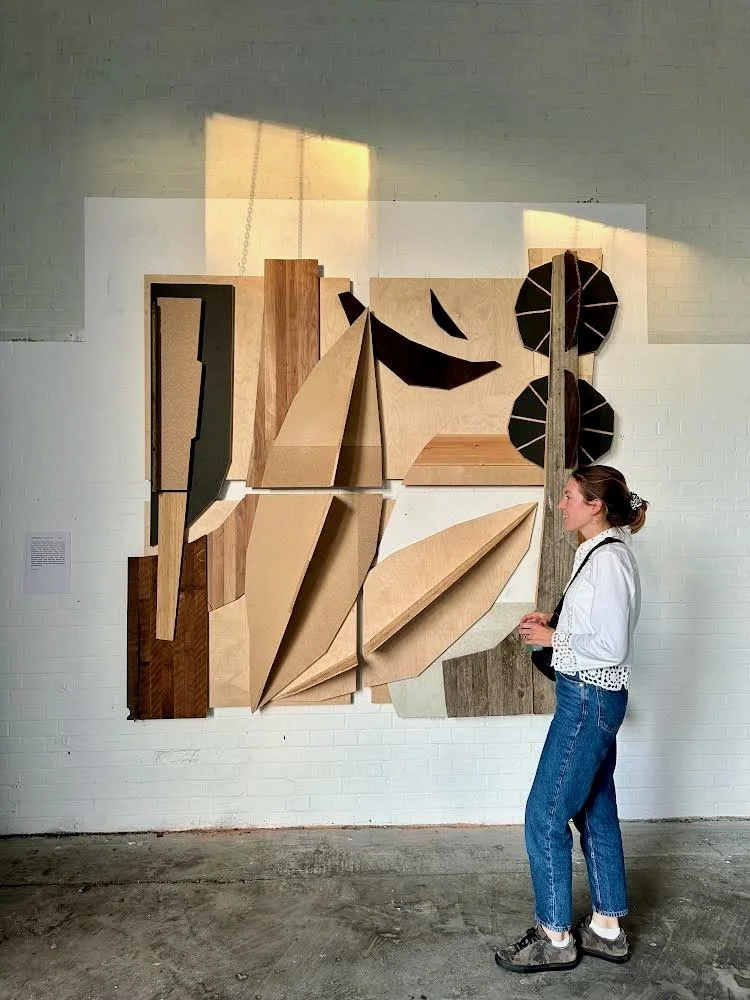BLACK ATLANTIC - AT THE FITZWILLIAM MUSEUM
Barbara Walker b.1964 Vanishing Point series
The beautiful drawing above is key to the Fitwilliams’s new exhibition Black Atlantic Power People Resistance .
In a series of insightful sketches, the artist traces - literally - the presence of Black people in European art. The results show how vanishingly small was their representation. And how they were hidden in huge portraits or landscapes, silent, subservient passive people in an alien environment.
The Fitzwilliam’s show is a bold wake-up call to people of Cambridge, mostly with University connections. It is radical, unafraid and entirely free of constraint. For a start it is displayed in the eighteenth century splendour of the famous museum’s most sumptuous galleries, flanked by the pomp and pride of its builders, the gilt, the scale and the ornate decoration are all part of the the Black Atlantic experience - and be in no doubt it is just that, an attitude-altering eye opener. As I went around I overheard the shocked murmurs of visitors as they gazed at the exhibits “Surely not?, Oh no, God!” For this exhibition has the brass neck to tell the truth about Cambridge’s engagement in the enslavement of people - in catastrophic numbers - and the enjoyment of its benefits in Europe down the centuries. Huge, colourful maps as you enter the museum space show this ‘landlocked town in East Anglia‘ was intimately connected with the massive scale of human traffic, from the time of Charles II, a keen organiser of its finances which became part of the national project - right up to the nineteenth century. An estimated 14 million people were shipped from West Africa in that time - and the profits of their labour enriched England, Cambridge University, and especially the Fitzwilliam Museum, whose founder’s inherited money from his Dutch grandfather, Matthew Dekker, he bequeathed to have the Museum built and furbished. Bravely, the Curator does not try and hide or mitigate this startling heritage. Part of the show’s appeal is the detail of the finances. And he and his colleagues do not let us get away with the ‘Oh well that was then this is now’ theory. It is clear the wealth - and the impoverishment of the enslaved people, is at the heart of today’s economy.
Man in a Red Suit or Olaudah Equiano
The Black Man above has no name. But many believe it is Olaudah Equiano an enslaved man who unusually bought his own freedom and even more astonishingly married a Soham girl, had a little family, and is buried in the Church of St Andrew’s Chesterton, Cambridge. For me the most moving part of the Fitzwilliam show is the performance by a young actor as Equiano as he tells of the heart rending experience of his own slavery. And whilst the rest of the exhibition is explicit about the benefits of coffee, tea, tobacco and cacao made by enslaved individuals for Western consumption, and whilst this raises our own insouciance about the source of our own luxuries today, it could not compete with the raw story of suffering in this one video .
The catalogue is worth buying. In it you learn how involved our own government and especially royal family were engaged in the finances of slavery. Dekker promoted the South Sea Company with its kingly patronage. We normally hear about it in terms of its greedy collapse, the South Sea Bubble, but it reformed and renewed its lucrative trade soon after that and made millions more from enslavement.
Dirk Vallenburg ‘Slave gathering’’
The painting above was done by an artist who also acted as an overseer in a slave outpost in Suriname. Whilst the exhibition includes Resistance in its title, from what happened here, that appears an almost impossible challenge. After a change of governor the slaves found themselves much worse off, they could no longer visit wives and family or grow their own crops. A rebellion led to the ringleaders sentenced to a hideous death by burning. And yet this artist apparently favoured the crackdown - however he left the ‘colony’ soon afterwards. What chance resistance with these kind of consequences?
Richard Fitzwiliam 7th Viscount bequeathed a huge fortune to the University of Cambridge and the Museum that bears his name. This exhibition and its book tells for the first time the story.
What to do ?
Is it not time for more inclusivity from Cambridge University? More generosity towards Cambridge’s unevenly rewarded populace, by some measures the most unequal in England? Whatever happens, after this knowledge what next?
Thomas Dekker, Dutch born founder of the South Seas Company
A Pineapple - symbol of plenty - for a few, produce of Sir Thomas Dekker in his garden in Richmond and emblem of the Fitzwilliam Museum











